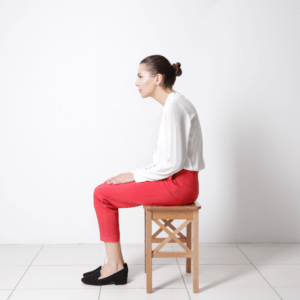Have you heard of the term spinal stenosis 🤔. This can most commonly affect you if you are over the age of 50 and have degeneration in your spine.
What is Spinal Stenosis?
In your spine, there are several bony openings called foramina. Spinal stenosis is the general term for one or more of these openings narrowing, which can result in a nerve being compressed or put under pressure.
There are generally two types of spinal stenosis:
- Foraminal stenosis (also referred to as lateral stenosis) is a compression or inflammation of a spinal nerve.
- Central canal stenosis is when the spinal cord is compressed or inflamed. Both can be painful conditions.
What causes it?
Spinal stenosis can be caused by a variety of conditions as well as from an injury. However, the most common reason why people experience spinal stenosis is due to a long-term lack of movement in the spine. As you age, the tissue in your spine can start to thicken, bony spurs can develop, and the facet joints of the vertebrae can thicken, all of which can narrow the foramina in the spine. A disc herniation can also lead to stenosis.
What does it feel like?
While this condition affects everyone differently, some of the most common sensations our patients at Inspired Health mention are:
- Pain 😢 in the lower back often described as a dull ache or tenderness.
- An electric-like ⚡ or burning sensation in the lower back. Often this comes and goes.
- Pain that begins in your bum and extends down your leg into your foot 🦶.
- A full or heavy feeling in your legs 🦵.
- Numbness or tingling 📍 in your bum or feet.
- Weakness 😩 in your legs or feet, particularly in more advanced cases.
- Pain that gets worse when standing 🚶♂️ for a long time or walking downhill.
- Pain that improves when bending forward or sitting 🪑.
- Loss of bladder or bowel control in severe cases (it’s best to see a doctor 🩺 immediately if you are experiencing this symptom).
Interestingly, though, spinal stenosis can occur without there being any actual pain or symptoms at all 😲.
How can you treat spinal stenosis?
Chiropractic care can help some cases of spinal and foraminal stenosis by gentle moving the vertebrae to encouraging more space around the irritated nerve. This can reduce pain and symptoms. However, some cases are move severe and require surgery to remove the thickened ligaments, extra bone, or disc herniation.
After care will normally prescribe lifestyle changes and gentle exercises to increase strength in the spine and support your wellbeing long-term.
If you have any questions or concerns about spinal stenosis, please call us on 01245 699152.





